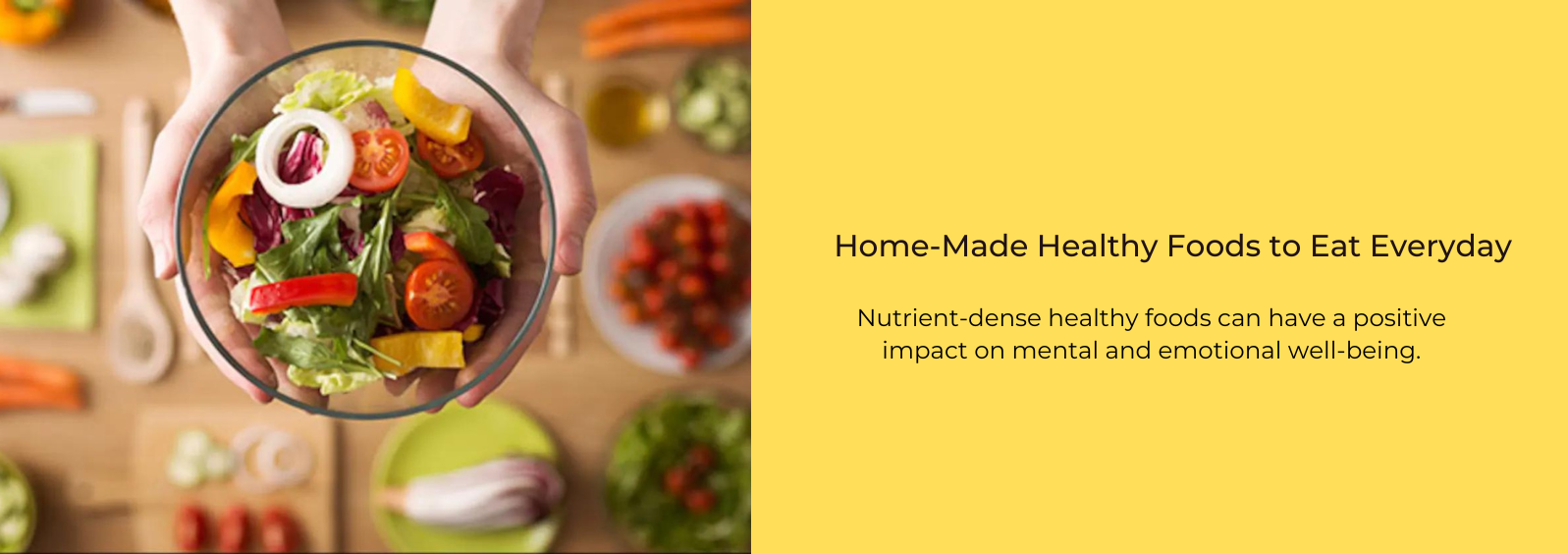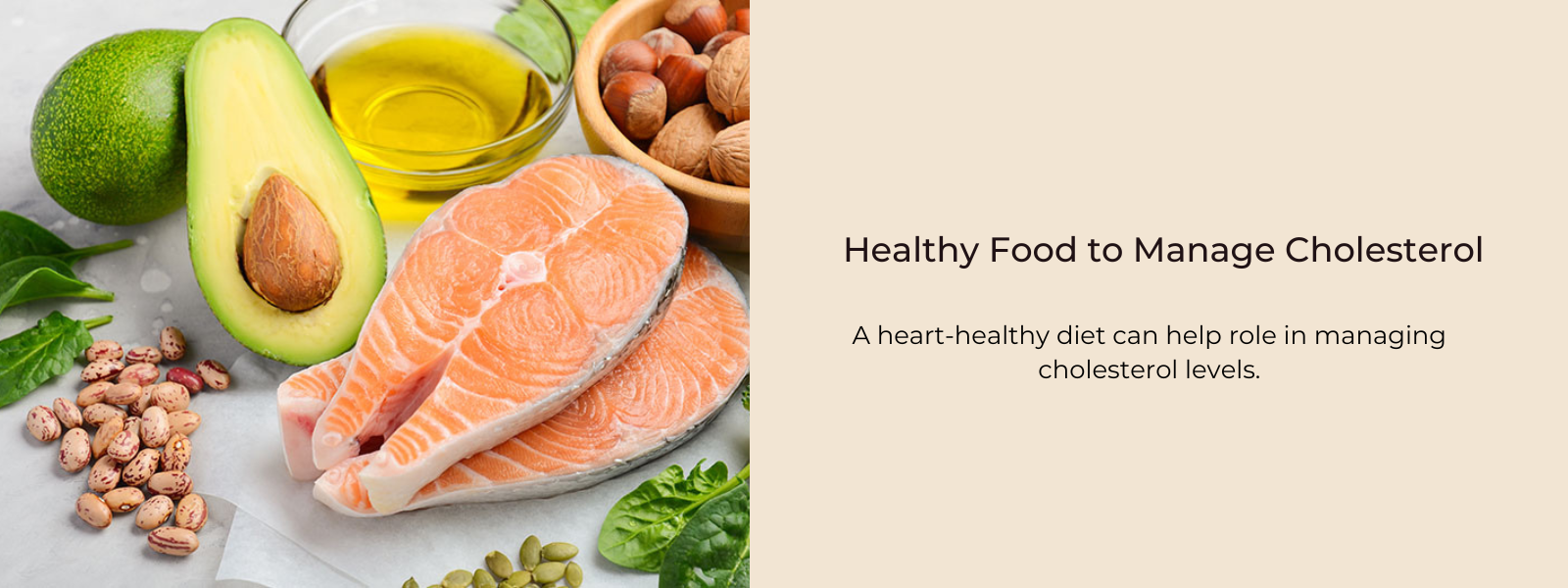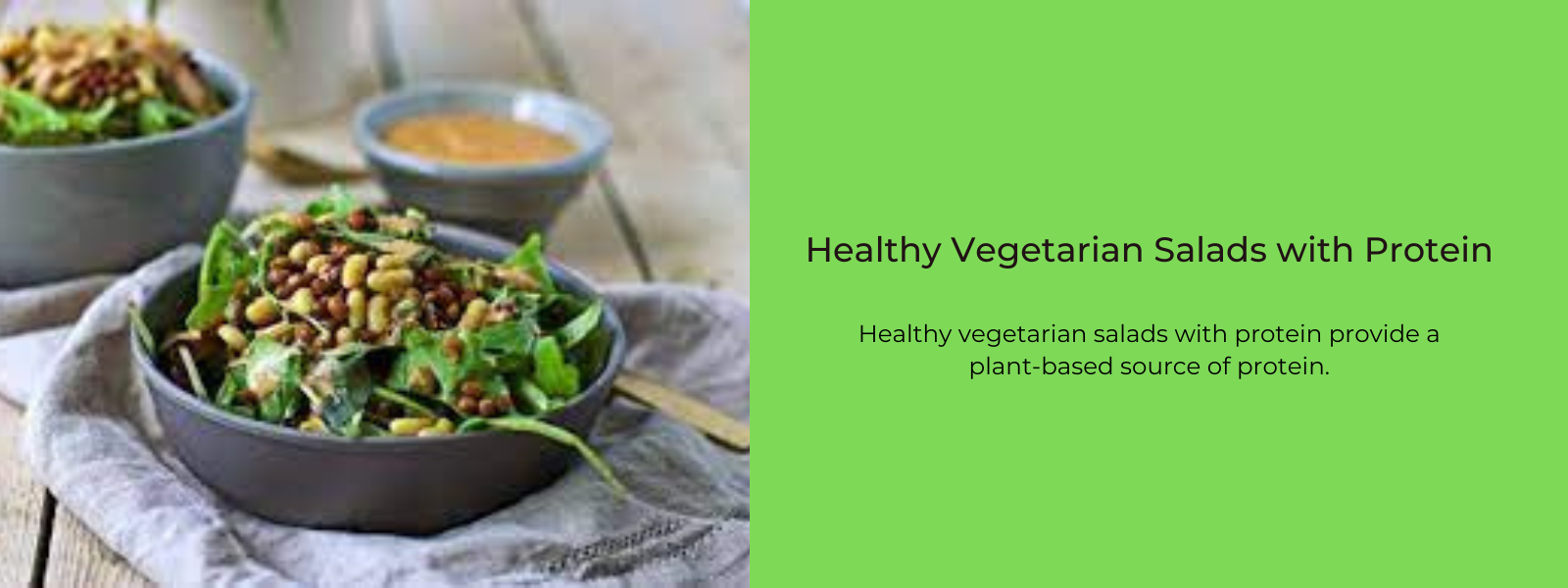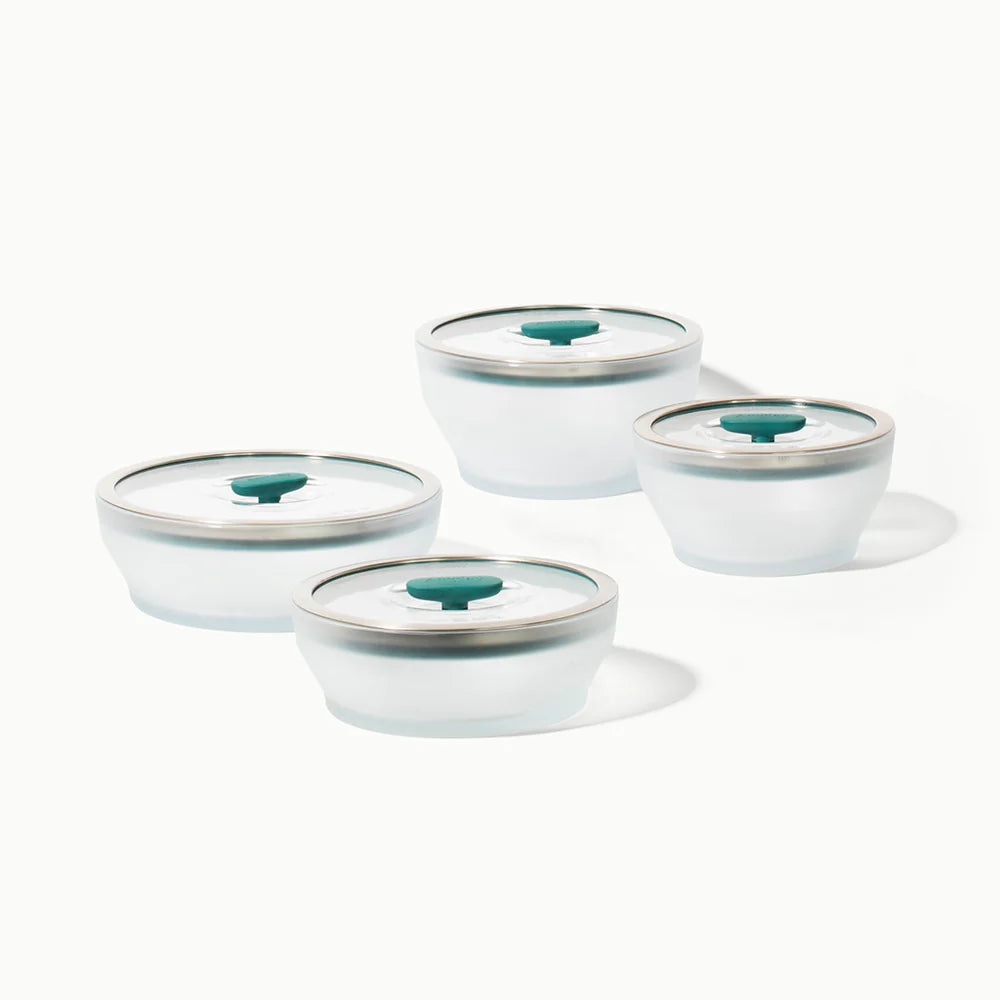Healthy nutrition is crucial for your child's wellbeing, development, and growth. Children who eat healthily will be less likely to grow up with chronic conditions like heart disease, type 2 diabetes, obesity, and some malignancies. As a result, they will feel healthier and enjoy life more.
It is sometimes asserted that children are more prone to adopt positive behaviors when they see and experience them in their parents, particularly when it comes to food. It is important to start teaching your child healthy eating habits as soon as possible. The benefits of healthy eating are among the most crucial topics to discuss with your child.
Table of Contents
Benefits of Healthy Eating in children
Healthy eating plays a crucial role in the growth and development of children. Here are some benefits of healthy eating in children:
- Proper Growth and Development: A balanced diet provides essential nutrients like vitamins, minerals, proteins, and carbohydrates that are necessary for children's growth and development. Nutrients support healthy bone and muscle development, brain function, and overall physical growth.
- Optimal Energy Levels: Healthy eating ensures that children have sustained energy throughout the day. Nutrient-rich foods, including whole grains, fruits, vegetables, and lean proteins, provide the necessary fuel for physical activities, learning, and concentration.
- Strong Immune System: A well-balanced diet supports a strong immune system, reducing the risk of infections, illnesses, and absenteeism from school. Nutrients like vitamin C, vitamin A, zinc, and antioxidants found in fruits, vegetables, and whole grains help to strengthen the immune system.
- Healthy Weight Management: Encouraging healthy eating habits in children promotes maintaining a healthy weight. A diet rich in fruits, vegetables, whole grains, and lean proteins helps prevent childhood obesity and the associated health risks, such as type 2 diabetes, high blood pressure, and heart disease.
- Cognitive Development: Certain nutrients, such as omega-3 fatty acids found in fish, nuts, and seeds, are important for brain development and cognitive function. A diet rich in these nutrients can support memory, attention, and overall cognitive abilities in children.
- Improved Concentration and Academic Performance: Nutrient-dense foods positively impact cognitive abilities, attention span, and memory, which can contribute to improved concentration and academic performance in children. Balanced meals and healthy snacks help stabilize blood sugar levels, preventing energy crashes and enhancing focus.
- Healthy Habits for Life: Encouraging healthy eating habits in childhood sets the foundation for a lifetime of good nutrition. When children are exposed to a variety of nutritious foods and taught about balanced meals, they are more likely to develop healthy eating habits as adults, reducing the risk of chronic diseases later in life.
It's important to create a supportive environment and offer a variety of healthy food options to children. Remember to lead by example and involve children in meal planning and preparation to foster a positive relationship with nutritious foods.
Is it normal for toddlers not to eat?
It is relatively common for toddlers to exhibit periods of reduced appetite or picky eating behaviors. Toddlers are in a phase of rapid growth and development, both physically and emotionally, and their eating patterns can fluctuate. Here are a few factors that may contribute to a toddler's temporary decrease in appetite:
- Slower Growth Rate: Compared to infants, toddlers experience a slower growth rate. As a result, their appetite may naturally decrease as their energy needs decrease.
- Developmental Milestones: Toddlers are often busy exploring and developing new skills, such as walking and talking. Sometimes, their focus on these milestones may temporarily diminish their interest in eating.
- Taste Preferences: Toddlers are known for their emerging preferences and tendencies to be selective about food choices. They may exhibit neophobia (fear of new foods) and exhibit picky eating behaviors as they assert their independence and test their boundaries.
- Appetite Fluctuations: Toddlers' appetites can vary from day to day or even meal to meal. Some days they may eat heartily, while other days they may eat very little. This is generally normal as long as they are maintaining a healthy growth curve and have energy for their activities.
- While some degree of decreased appetite is considered normal, it is important to ensure that your toddler's overall nutritional needs are being met. Here are some strategies to encourage healthy eating habits in toddlers:
- Offer a Variety of Nutritious Foods: Provide a range of healthy foods, including fruits, vegetables, whole grains, lean proteins, and dairy products, to ensure a balanced diet.
- Create a Positive Eating Environment: Establish a pleasant mealtime atmosphere by sitting together as a family, engaging in conversation, and modeling healthy eating behaviors.
- Respect Preferences and Offer Choices: Offer a selection of healthy options and allow your toddler to make choices from those offerings. This can help them feel a sense of control and increase their interest in trying new foods.
- Be Patient and Persistent: Encourage your toddler to try new foods, but avoid pressuring or forcing them to eat. Offer foods multiple times, as it can take several exposures before a child develops a liking for a particular food.
- Offer Frequent Snacks: Toddlers often prefer to eat smaller, more frequent meals rather than large portions. Offering healthy snacks between meals can help ensure they are getting adequate nutrition throughout the day.
If you have concerns about your toddler's eating habits or growth, it is always advisable to consult with a pediatrician or a registered dietitian who can provide guidance specific to your child's individual needs.
How to strengthen a kid’s immune system?
Strengthening a child's immune system is important for their overall health and well-being. While it's important to note that no single method can guarantee immunity against illnesses, there are several strategies you can implement to support and boost your child's immune system:
- Balanced Diet: Provide a well-balanced diet rich in fruits, vegetables, whole grains, lean proteins, and healthy fats. These foods contain essential vitamins, minerals, antioxidants, and phytochemicals that support immune function. Encourage your child to consume a variety of colorful fruits and vegetables to ensure a broad range of nutrients.
- Adequate Sleep: Make sure your child gets sufficient sleep for their age. Sleep is crucial for immune system function and helps their body recharge and repair. Establish a consistent bedtime routine and ensure a peaceful sleep environment.
- Regular Physical Activity: Encourage regular physical activity and active play. Exercise promotes circulation, helps reduce stress, and supports overall immune system function. Allow your child to engage in age-appropriate activities they enjoy, such as sports, dancing, or active games.
- Hand Hygiene: Teach your child proper handwashing techniques to minimize the spread of germs. Encourage them to wash their hands with soap and water for at least 20 seconds, especially before meals, after using the restroom, and after coughing, sneezing, or blowing their nose.
- Vaccinations: Follow the recommended vaccination schedule for your child. Vaccinations protect against various diseases and play a crucial role in preventing infections and supporting overall immune health.
- Stress Management: Help your child manage stress through age-appropriate techniques, such as relaxation exercises, creative outlets, and spending quality time with loved ones. Chronic stress can weaken the immune system, so promoting a positive and supportive environment is essential.
- Limit Sugar and Processed Foods: Excessive consumption of sugary foods and processed snacks can weaken the immune system. Encourage healthier food choices and limit sugary drinks and snacks.
- Fresh Air and Sunlight: Allow your child to spend time outdoors in fresh air and sunlight. Sunlight exposure helps the body produce vitamin D, which plays a role in immune function.
- Hydration: Ensure your child drinks plenty of fluids, primarily water. Proper hydration supports overall health, including the immune system.
- Avoid Exposure to Sick Individuals: Teach your child about good hygiene practices, such as covering their mouth and nose when coughing or sneezing and avoiding close contact with individuals who are sick.
Remember, it's important to consult with a healthcare professional, such as a pediatrician, for personalized advice and to address any specific concerns about your child's immune system.
What foods promote children's growth?
Proper nutrition is essential for children's growth and development. Here are some key food groups and specific foods that promote healthy growth in children:
Lean meats (chicken, turkey, fish)
Eggs
Dairy products (milk, cheese, yogurt)
Legumes (beans, lentils, chickpeas)
Nuts and seeds (almonds, chia seeds, pumpkin seeds)
- Whole Grains:
Whole wheat bread and pasta
Brown rice
Oats
Quinoa
Barley
- Fruits and Vegetables:
Berries (blueberries, strawberries, raspberries)
Citrus fruits (oranges, grapefruits)
Bananas
Apples
Leafy greens (spinach, kale)
Carrots
Bell peppers
Sweet potatoes
- Healthy Fats:
Nuts and seeds (almonds, walnuts, flaxseeds)
Nut butters (peanut butter, almond butter)
Olive oil
- Dairy or Dairy Alternatives:
Milk (cow's milk or fortified plant-based milk like almond milk or soy milk)
Cheese
Yogurt
- Calcium-Rich Foods:
Dairy products (milk, cheese, yogurt)
Leafy greens (spinach, kale)
Broccoli
Tofu
Fortified plant-based milk
- Iron-Rich Foods:
Lean meats (beef, chicken, turkey)
Fish (salmon, tuna)
Legumes (beans, lentils)
Iron-fortified cereals
Leafy greens (spinach, kale)
Citrus fruits (oranges, grapefruits, lemons)
Berries (strawberries, raspberries, blueberries)
Bell peppers
Tomatoes
Kiwi
- Zinc-Rich Foods:
Lean meats (beef, chicken, turkey)
Fish (salmon, tuna)
Legumes (chickpeas, lentils)
Nuts and seeds (pumpkin seeds, cashews)
- Hydration:
Water should be the primary beverage for children. Make sure they drink an adequate amount of water throughout the day.
Remember, it's important to provide a variety of foods from different food groups to ensure children receive a wide range of nutrients. Additionally, serving sizes should be age-appropriate, and it's essential to consider any specific dietary restrictions, allergies, or cultural preferences when planning meals for children. Consulting with a pediatrician or a registered dietitian can provide personalized guidance for your child's individual needs.
Healthy Recipes for kids
Here are some healthy and kid-friendly recipes that you can try:
- Veggie Nuggets:
Ingredients: Mixed vegetables (such as carrots, broccoli, and peas), whole wheat breadcrumbs, grated cheese, eggs, seasoning.
Method: Steam or boil the vegetables until tender. Mash or finely chop them. In a bowl, combine the vegetables, breadcrumbs, grated cheese, beaten eggs, and seasoning. Shape the mixture into nuggets and bake in the oven until golden brown.
- Rainbow Fruit Salad:
Ingredients: Assorted fruits (such as strawberries, blueberries, kiwi, pineapple, and watermelon), Greek yogurt (optional), honey (optional).
Method: Wash and chop the fruits into bite-sized pieces. Combine them in a bowl. Drizzle Greek yogurt and honey (if desired) over the fruit salad for added creaminess and sweetness.
- Mini Pizza Faces:
Ingredients: Whole wheat English muffins or pita bread, tomato sauce, shredded cheese, assorted vegetable toppings (such as bell peppers, cherry tomatoes, and olives).
Method: Preheat the oven to 375°F (190°C). Slice the English muffins or pita bread in half. Spread tomato sauce on each half. Let your child create their own pizza faces by adding shredded cheese and arranging vegetable toppings. Bake in the oven for about 10-15 minutes or until the cheese melts and the edges are crispy.
- Banana Oat Pancakes:
Ingredients: Ripe bananas, oats, eggs, milk (dairy or plant-based), cinnamon (optional), toppings of choice (such as berries or sliced bananas).
Method: Mash the bananas in a bowl. Add oats, eggs, milk, and cinnamon (if desired). Mix well to form a batter. Heat a non-stick pan or griddle and pour small portions of the batter to make pancakes. Cook until golden brown on both sides. Serve with toppings of choice.
- Veggie Wrap Roll-Ups:
Ingredients: Whole wheat tortillas, hummus or cream cheese, thinly sliced vegetables (such as cucumber, carrot, bell peppers, and lettuce).
Method: Spread a thin layer of hummus or cream cheese on a tortilla. Place sliced vegetables on one end and roll it up tightly. Slice the wrap into bite-sized rolls.
Remember to consider any specific dietary restrictions or allergies when preparing these recipes for kids. You can also involve them in the cooking process to make it a fun and educational activity.











Leave a comment